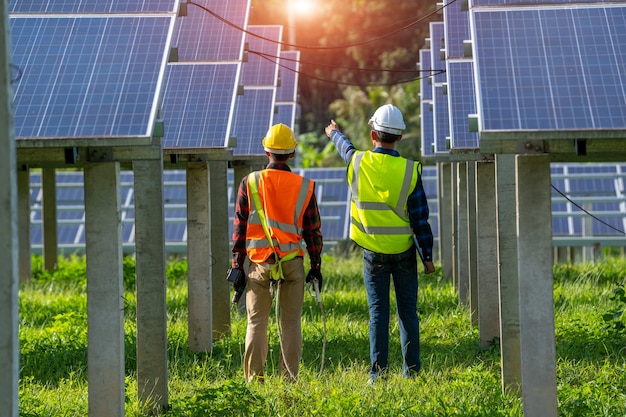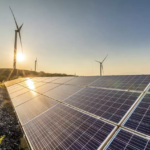In the last ten years, the solar energy sector has grown significantly. Solar energy is now widely used as a more affordable alternative to electricity in India. Due to several government initiatives and incentives for installing solar systems, the market will grow even more in the upcoming years. Therefore, purchasing solar panels is a smart move, and you can opt for a rooftop solar system, a popular choice for many Indian households. Solar panels work efficiently when they are positioned at a proper inclination angle with their faces facing south and receive the highest amount of uninterrupted sunlight. Therefore, these panels come with solar mounting structures that serve as the foundation for PV modules that are deployed to harness solar energy for power production. So, it is crucial to comprehend these structures so that you may pick that rooftop solar system that’s best for you when you go out to buy one. Below is an explanation of different solar mounting structures for rooftop solar systems:
- Flush Mount
The first kind of roof mount we’ll discuss is a flush mount. They are a low-cost, straightforward alternative appropriate for the majority of roof-mounted solar panel systems. As their name implies, they are made to lie flush with the roof surface on which they are attached and are often not moveable. The solar panels are typically kept in position with metal clips that leave 2-4 inches between the bottom of the panel and the roof. This makes it possible for a lot of air to move down the panel’s underside, keeping it cool and enabling it to function at its best. A panel’s efficiency and lifespan both decrease if it overheats.
- Ballasted Mount
In contrast to flush mounts, ballasted mounts incorporate weights to keep the solar panels on your rooftop in position. The weights that must be lifted onto the roof with this design, which may be rather heavy when working with bigger systems, create an extra problem. Ballasted mounts enable for a panel inclination of up to 20 degrees for the best solar exposure, do not need roof penetrations, are quicker and less expensive to install. Moreover, this mount has a lower power density, raises the weight on your roof, and is less appropriate for places with high winds. They are constrained by some site features like building elevation and roof inclination.
- Hybrid Mount
Hybrid Mounts, as you may expect, combine flush mounting and ballasted mounts. They utilize some structural components of both mounts to cater to some roofs that can’t sustain either. Depending on the model, hybrid mounts can be quick to attach, involve little roof penetration, and provide specific layout optimization based on weight holding and wind.
These mounts can be more pricey and take up more area on your roof, which reduces the amount of space available for your system.
Age of the current roof, geographical latitude, weather patterns, roof pitch, and shadowing from nearby structures or vegetation should all be taken into account when analyzing rooftop solar. Bhambri Solar gives you a complete solar solution with the best quality products. So, if you are looking for a rooftop solar system with a specific mounting structure then opt for Bhambri Solar.
Consult the experts for more







Leave a Reply